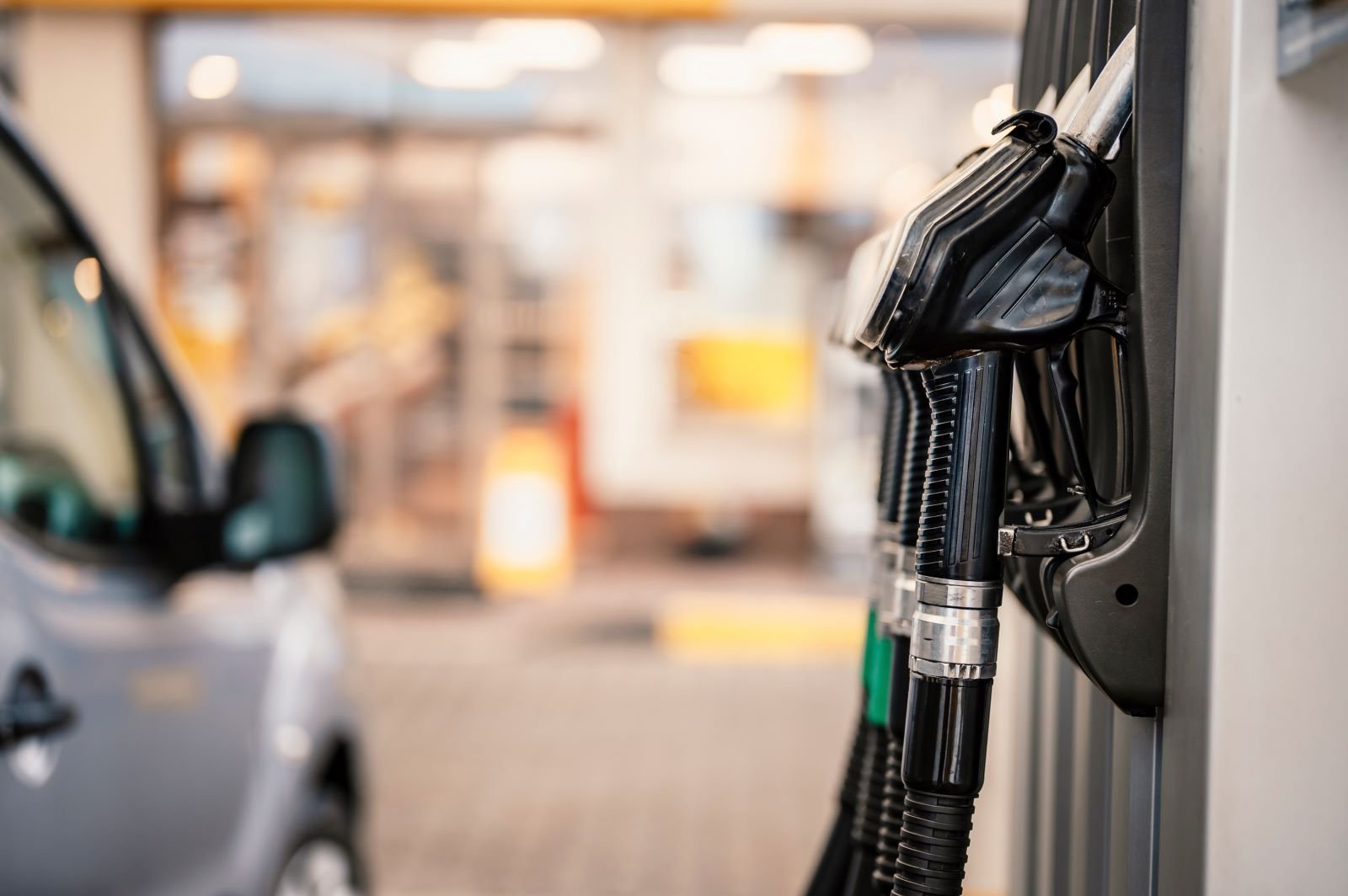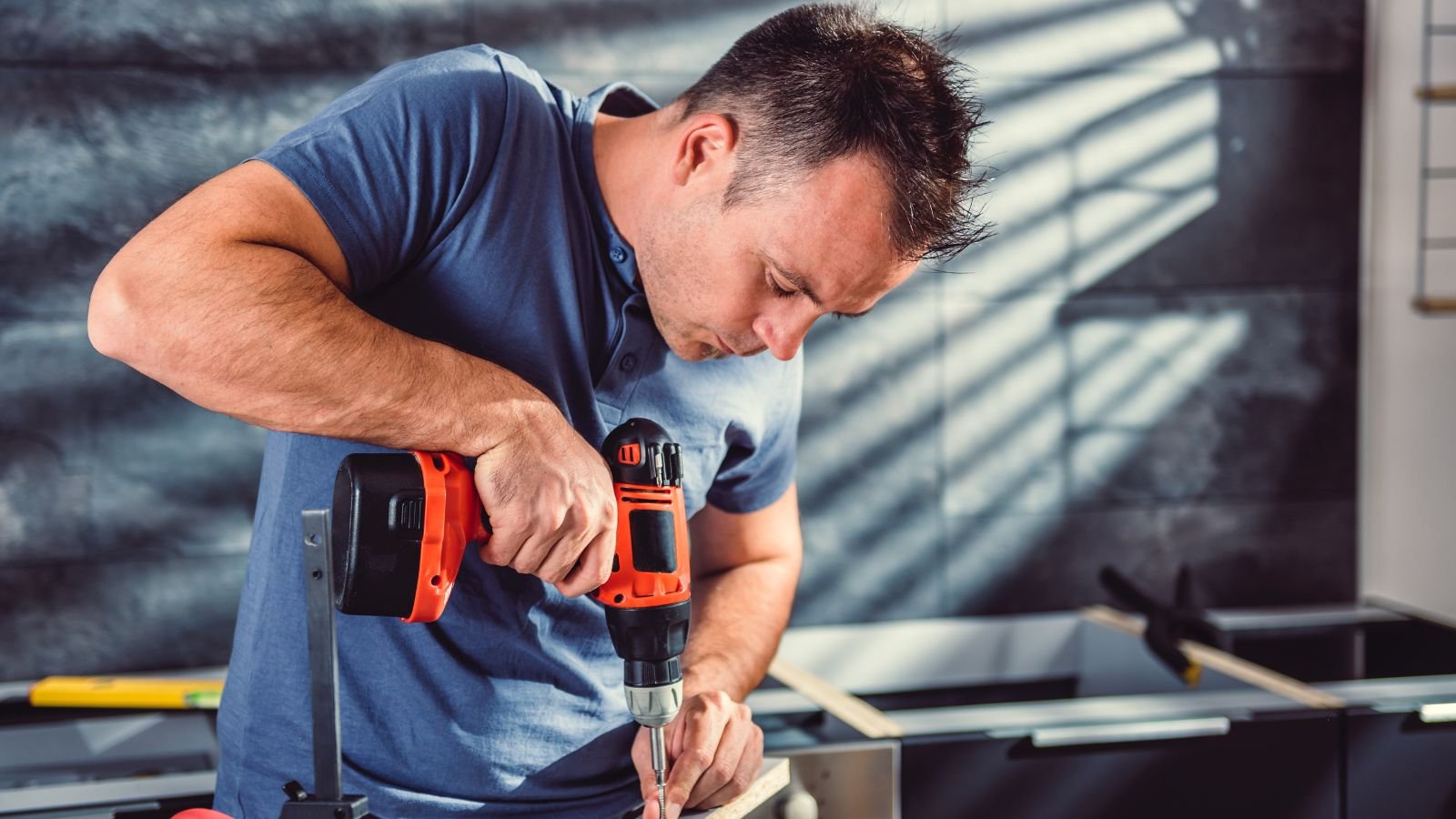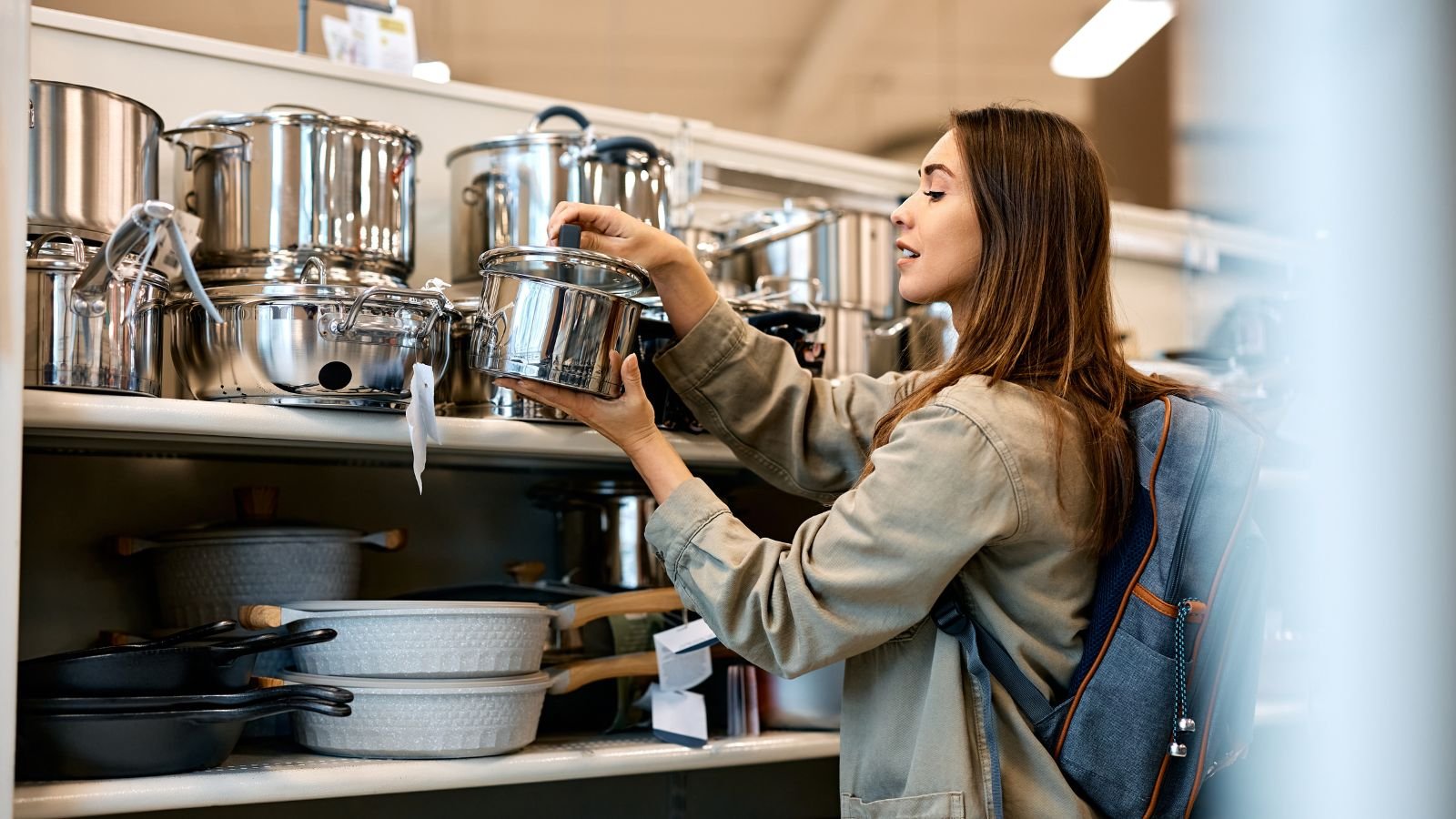In the face of economic uncertainty, safeguarding personal assets becomes a priority. Owning essential items can provide a measure of stability should the dollar collapse. It ensures preparedness for potential shifts in the financial landscape.
Precious Metals

For decades, the value of gold has remained steady. In 2024, gold prices reached $2,500 per ounce and are expected to reach $2,600 per ounce by 2025. Silver has also shown resilience during economic downturns. These metals offer a hedge against currency devaluation. They are portable, divisible, and universally recognized. Unlike paper currency, precious metals cannot be printed at will. They provide a tangible store of value when fiat currencies falter.
Diversified Fuel Storage

Energy storage is crucial during economic instability. These fuels power generators, cook stoves, and vehicles. Having multiple types of fuels increases adaptability. Solar ovens offer non-fuel cooking alternatives. Properly stored fuel is essential for maintaining some normalcy during disruptions.
Essential Tools and Hardware

Basic tools enable self-reliance during economic turmoil. The price of these tools is already 21.52% higher in 2024 and might further increase during economic instability. Neither fuel nor electricity is needed for hand tools. They are crucial for repairs, construction, and daily tasks. A well-stocked toolbox includes hammers, saws, screwdrivers, and wrenches. Hardware like nails, screws, and bolts are essential for various projects. These items facilitate home repairs and improved solutions. They are invaluable for adapting to new circumstances.
Foreign Bonds

As the U.S. dollar weakens, foreign bonds can become a strategic investment for those seeking stability. Bonds issued by countries with stronger economies offer a way to protect against domestic currency devaluation. Currently, it provides a fixed return of 2.7%. These investments typically provide consistent returns. It makes them an attractive option for maintaining financial security when the dollar’s value declines.
Portable Solar Panels

Solar panels offer energy independence during grid disruptions which may occur during economic instability. Daily essentials can be charged with a 100-watt panel. Portable solar chargers provide flexibility for various situations. Battery banks store energy for use during cloudy days. Wind turbines can complement solar in some locations. These systems reduce reliance on fossil fuels. Renewable energy sources maintain power when traditional systems fail. They offer a sustainable response to energy requirements.
Commodities

Commodities like agricultural products, precious metals, or essential equipment tend to rise in value as the dollar weakens. It makes them an essential asset in times of economic uncertainty. These tangible resources not only hedge against inflation but also offer a means of barter if the traditional currency system collapses. Owning a diverse range of commodities can safeguard your purchasing power and ensure access to essential goods when monetary systems are under strain.
Alternative Currency

Having alternative currency like Bitcoins can aid in times of dollar collapse. Bitcoin’s market cap reached $1.05 trillion in 2024. A decentralized substitute for fiat money is provided by cryptocurrencies. They are not controlled by a single government or institution. Digital wallets store value without physical vulnerability. Cryptocurrencies can be transferred globally without intermediaries. They provide financial options when traditional systems fail.
Vintage Items and Collectibles

Investing in physical assets such as artwork, vintage cars, and fine jewelry can offer a reliable store of value during economic downturns. These tangible items preserve wealth, appreciating over time. They provide a hedge against market volatility. Collectibles, including rare coins and luxury watches, serve as both an investment and a safeguard against current devaluation. The average value of this industry is $601.2 billion in 2024 and is further expected to increase. This ensures your assets retain their worth when traditional financial systems falter.
Real Estate

Income-generating real estate remains a cornerstone of a diversified investment portfolio, particularly when the value of the dollar lessens. The median price of a property in 2024 is $412,300 and can increase in the future years. Owning rental properties ensures a steady cash flow, even if property value fluctuates. In times of crisis, the demand for housing often persists. It makes real estate a resilient asset class that can withstand market disruptions and can continue providing a reliable income stream.
Medical Supplies

Health becomes a primary concern during economic crises. Having a proper first-aid kit on hand is crucial for handling injuries. Over-the-counter medications address common ailments. Prescription medications should be stockpiled if possible. Wound care supplies prevent infections in severe conditions. Knowledge of basic medical procedures complements these supplies. Maintaining health reduces reliance on potentially strained medical systems.
Non-Perishable Food

The average American household spends $5,703 annually on groceries. Stockpiling non-perishable food ensures sustenance during economic turmoil. Rice, beans, canned goods, and freeze-dried meals offer long-shelf lives. These items maintain nutritional value for years. Food security becomes crucial when supply chains are disrupted. A well-planned food storage system can sustain a family for months and also protect you against price inflation.
Durable Clothing and Footwear

Quality clothing and footwear become an investment during economic uncertainty. Sturdy work boots can last for years with proper care. Wool garments provide warmth even when wet. Layered clothing systems adapt to various weather conditions. Proper clothing and footwear protect against environmental hazards and foot health. It reduces the need for frequent replacements.
Manual Kitchen Essentials

Non-electric kitchen tools maintain functionality during power outages. Hand-crank grain mills process whole grains into flour. Manual can openers access stored food without electricity which can occur during economic turmoil. Oil lamps and candles provide light for food preparation whereas cast iron cookware works on various heating sources. These tools enable food processing and cooking without modern conveniences. Manual kitchen tools support self-reliance in food preparation when electric items cannot be accessed.
Water Filtration System

Access to clean water is essential for survival. A typical person needs about half a gallon of water per day. Water purification systems ensure a safe drinking supply when infrastructure fails. Filters remove contaminants and pathogens from questionable water sources. Some systems can process thousands of gallons before needing replacements. They are a long-term solution to water scarcity. Portable options allow for mobility if relocation becomes necessary.
